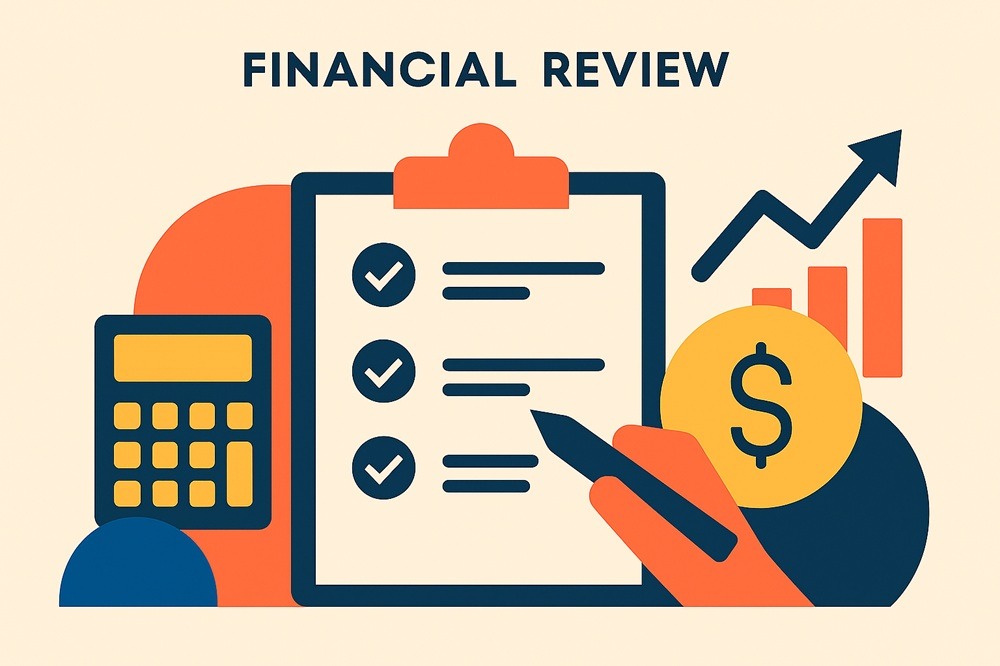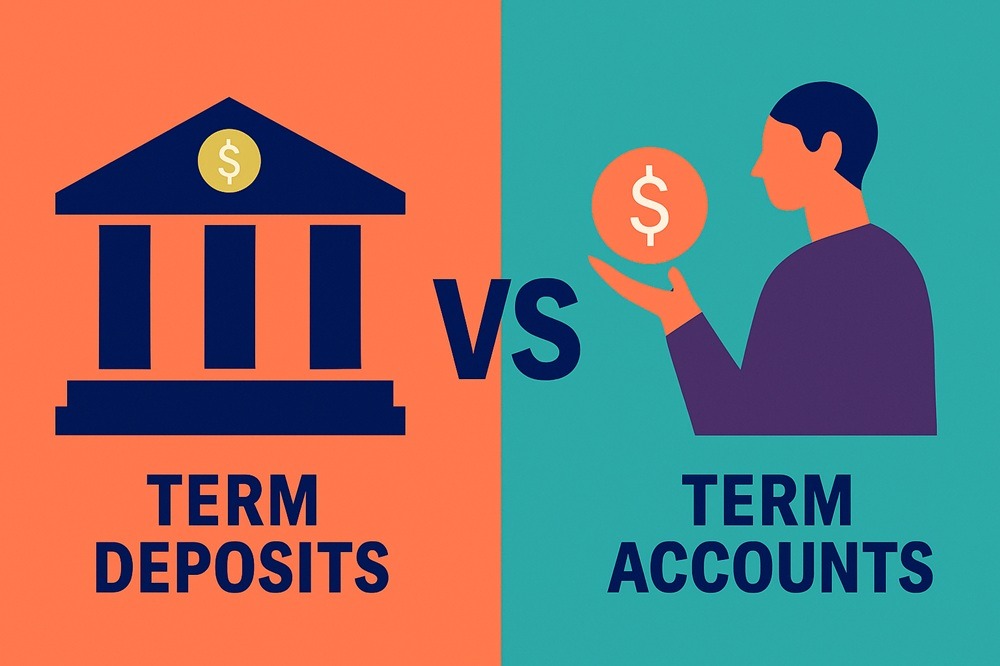Do you need to organise your super before June 30?

One of the secrets to achieving a great financial year-end result is getting your super right. Making sure you have everything you need before you get started let’s you relax and enjoy the process. This is why we wanted to write this article now, in April, to make sure that all of our clients have enough time to get their concessional super contributions in order before the 30 June. (Next week, we will tackle non-concessional contributions).
Concessional contributions are those for which a taxpayer can claim a tax deduction. They are taxed at a rate of 15% in the hands of your super fund. So, if your personal marginal tax rate is greater than 15%, you reduce your overall tax bill by making concessional contributions.
To give a simple example: if your personal marginal tax rate is 37%, then for every $1,000 you receive in your own hands, you need to pay $370 in personal income tax. You are left with just $630. If you contribute that $1,000 into a super fund as a concessional contribution, the super fund will only pay $150 in tax. This means the super fund will have $850 after tax. Basically, you have ‘spent’ $630 to buy an asset worth $850 – which makes sense any day of the week.
The limit for personal concessional contributions is $25,000 per person per financial year. Concessional contributions usually include any compulsory super your employer pays on your behalf. But you can also choose to make further contributions up to the annual limit of $25,000.
The cap of $25,000 applies across all of your funds (if you have more than one). But the cap can sometimes be spread across more than one financial year. Let us explain.
As of June 30 last year, if your total super balance was less than $500,000, then you can also ‘catch up’ in 2020/21 on concessional contributions that you may not have made in previous years. This might mean that you can put more than $25,000 into super as a concessional contribution in the current year. Here is an example of how carry forward rules can work:
| 2018–19 | 2019–20 | 2020–21 | |
|---|---|---|---|
| Concessional contributions cap | $25,000 | $25,000 | $25,000 |
| Amount you actually contributed | $0 | $22,000 | Nil yet |
| Amount you can contribute this year | $53,000 |
In this example, over the three years up to and including the current year, the member only made $22,000 of concessional contributions. The three years each have an annual limit of $25,000, so the total that could have been contributed over the three-year period is $75,000. This means that the member can actually contribute $53,000 in the current year, such that they have contributed $75,000 over the three year period. (Unfortunately, catch ups are not available for years before 2018/19).
This time last year things looked quite dicey in the economy. As a result, many people ‘held off’ making concessional contributions before June 30 2020. This may mean that there is an opportunity for catch up contributions this year.
In almost all cases, concessional contributions up to your limit deserve serious consideration. So, if you are looking for a smart way to reduce your tax bill and boost your retirement savings at the same time, talk to us now, while there is plenty of time prior to June 30.


